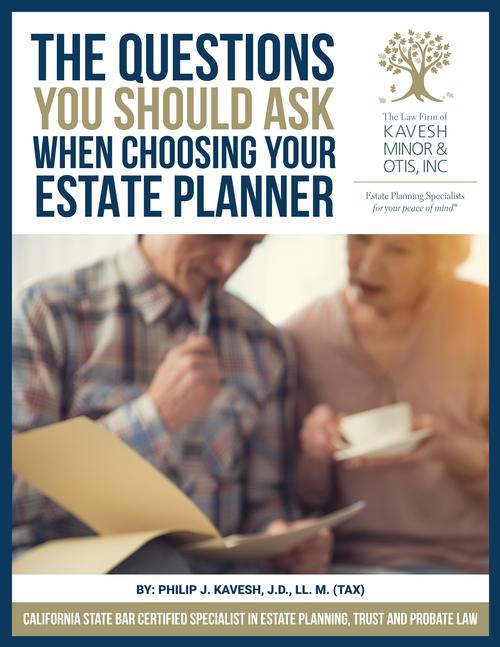You see, easements are a gift to a charity in the form of forsaken economic potential. Basically, you give a property to charity for some charitable purpose – love of earth, love of architecture, love of history. Since you may have thereby sacrificed potential (and potentially considerable) economic gain were you to have sold it on the market, you may be entitled to considerable charitable benefits in return. For example, what if you had sold prime real estate to McDonalds instead of giving it to charity?
To simplify a complex equation, the value of the potential of the property to make money less the already existing value of the property equates to the gift to charity. Accordingly, this means there are always at least two very large but ambiguous values over which a taxpayer and the IRS have to quibble.
The quibbling does not always go well for taxpayers, especially those who thought they had their cake and were about to eat it, too. Such was the case of the Graevs and the National Architectural Trust. The original article is instructive for anyone contemplating a charitable easement. Suffice it to say this is a complex area of tax law.
In summary, there truly are those easements that offer the best of both worlds (your cake and the ability to eat it too) because a wonderful gift to charity begets a wonderful charitable tax deduction. That said, it is not always the case and being “tricky” does not always go unnoticed.













